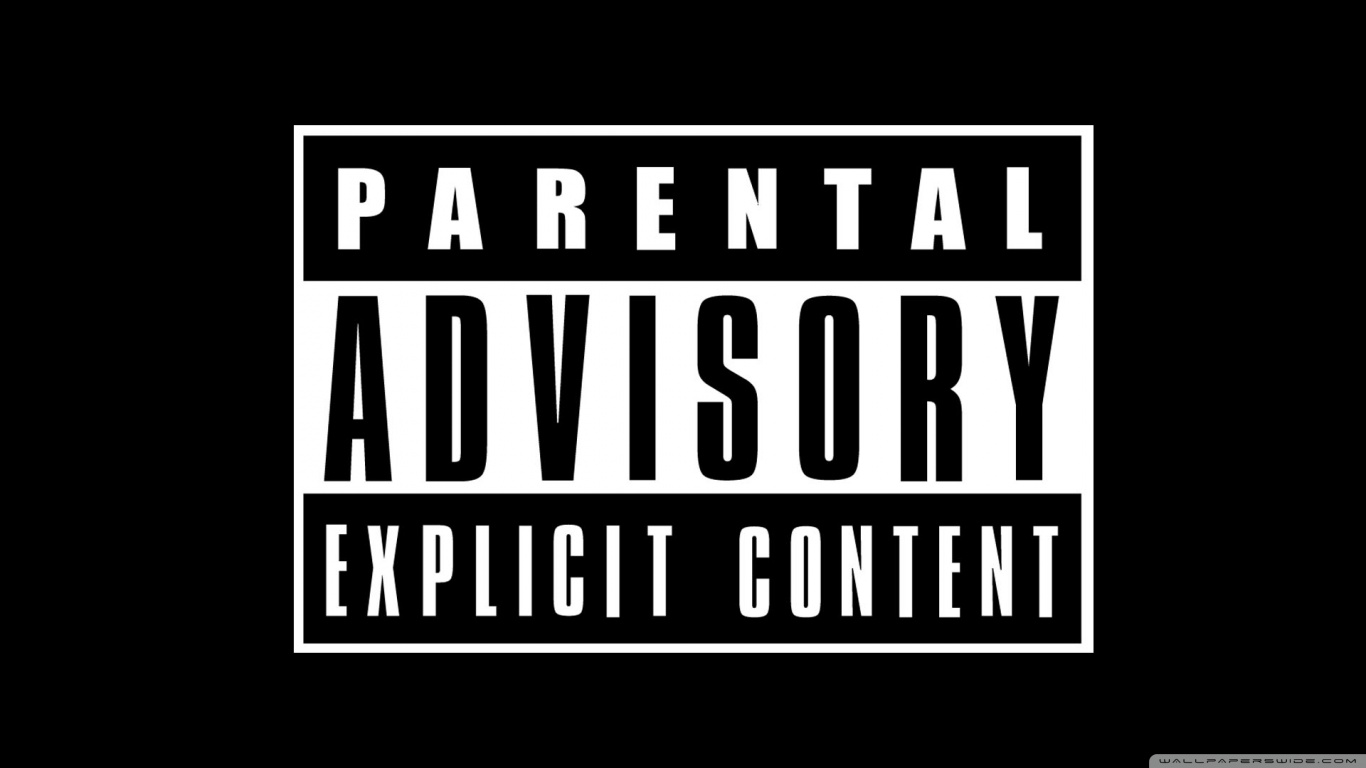
Archax1137
Uploaded on Nov 14, 2024
Category
Business
Real world asset tokenisation has recently emerged as a ground-breaking application of blockchain technology, bringing the digital transformation of physical assets to new heights.
Category
Business
Tokenisation - a digital representation of a physical asset on the blockchain!
Tokenisation - a digital representation of a physical asset on the
blockchain!
Real world asset tokenisation has recently emerged as a ground-breaking application of blockchain technology, bringing the
digital transformation of physical assets to new heights. Tokenisation creates a digital representation, or “token,” of a tangible asset
on the blockchain. This innovative process allows investors and asset holders to manage, trade, and access asset value with
increased liquidity and efficiency.
Understanding Asset Tokenisation on the Blockchain
Tokenisation involves converting the ownership rights of an asset into a digital token, which can then be traded or managed on a
blockchain platform. By creating a digital representation, physical assets can seamlessly interface within digital ecosystems,
bringing benefits such as reduced transaction times, enhanced transparency, and simplified management. Through smart contracts
—self-executing agreements coded on the blockchain—owners can set terms for trading, ownership, and even governance directly
on the token itself.
Types of Assets that Can Be Tokenised
Nearly any physical asset can be tokenised on the blockchain, provided there is a method to verify and secure ownership. Here are
some key examples:
1. Real Estate: Properties are among the most promising assets for tokenisation. Instead of handling complex paperwork
and middlemen, real estate tokens represent fractional ownership, making it easier for individuals to invest in real estate without a
large initial capital outlay.
2. Commodities: Tokenisation of precious metals like gold, silver, or oil allows investors to buy fractional ownership, giving
them exposure to commodities without the need to physically store or manage them.
3. Fine Art and Collectibles: By tokenising rare art, collectibles, or luxury items, owners can retain physical possession
while providing fractional ownership or shared investment opportunities to others.
4. Intellectual Property: Rights to patents, trademarks, and copyrights can be tokenised, providing a new way for creators
and investors to profit from intellectual assets.
5. Debt and Financial Instruments: Loans, bonds, and other financial assets can also be tokenised, offering new ways to
manage and trade these assets within digital markets.
The Tokenisation Process
The process of tokenising an asset can be broken down into four major steps:
1. Asset Valuation and Legal Compliance: Before an asset is tokenised, its value must be appraised, and legal ownership
established. The owner must ensure that the token complies with relevant financial and regulatory standards to protect investors.
2. Token Creation: Using a blockchain platform, the asset’s value is represented by a digital token. This token acts as a
claim to a fraction of the asset’s value or a share in its ownership.
3. Smart Contracts Integration: Smart contracts are created to define the terms of the token—such as rules for trading,
transfer, or dividends. These smart contracts act as the governing layer of token transactions, making it easy for participants to trust
and transact with the asset.
4. Distribution and Exchange: Once the token is created, it can be sold, traded, or managed on a digital asset exchange.
Investors and asset holders can access this token on digital wallets, trading fractions of ownership as they would with other
cryptocurrencies.
Summing up, real world asset tokenisation on the blockchain is transforming traditional asset ownership and investment. As this
innovative approach continues to gain traction, it holds the potential to democratise asset ownership and usher in a new era of
financial inclusivity, where blockchain serves as the bridge between physical assets and digital economies.

Comments